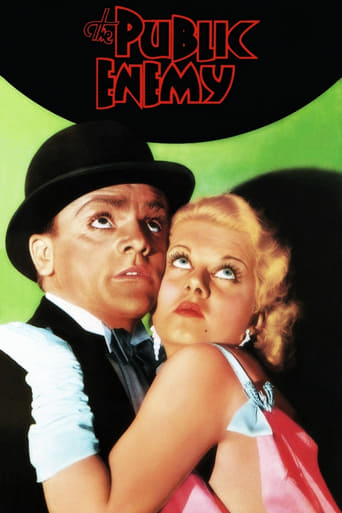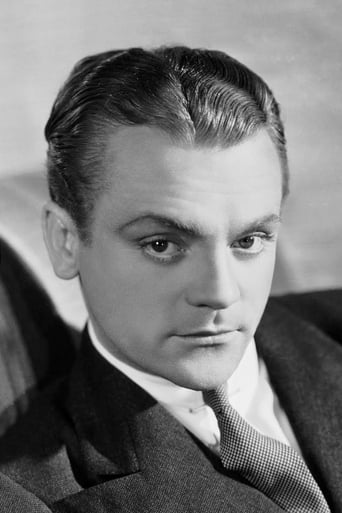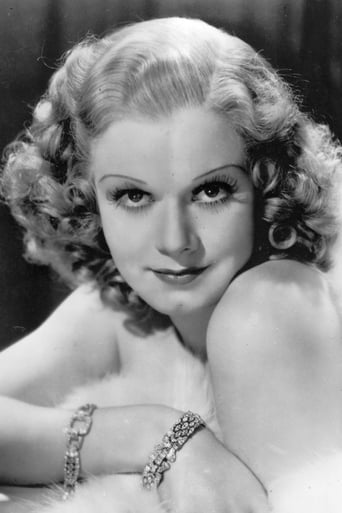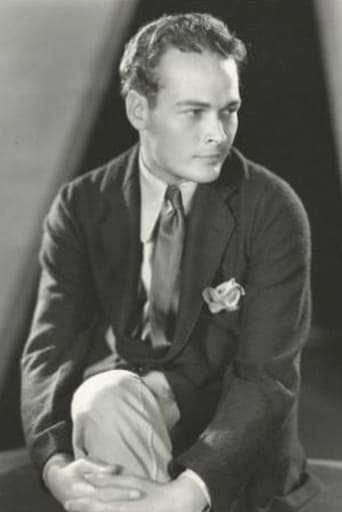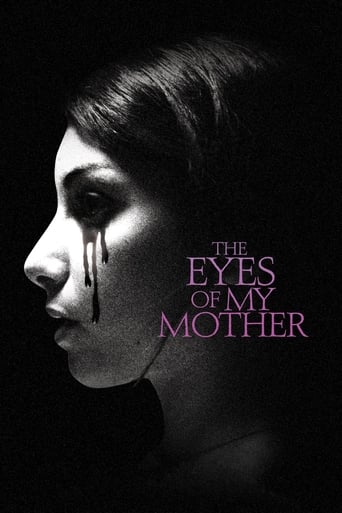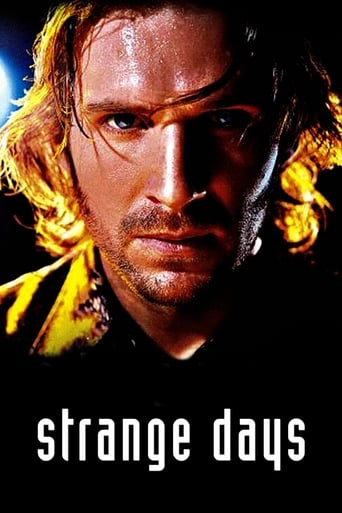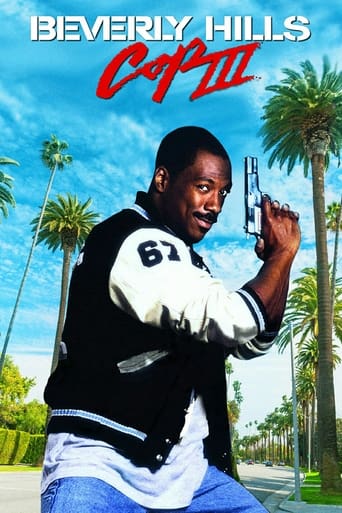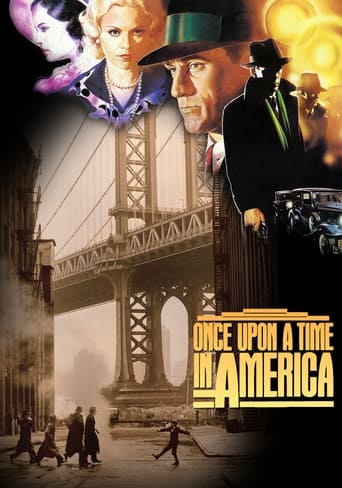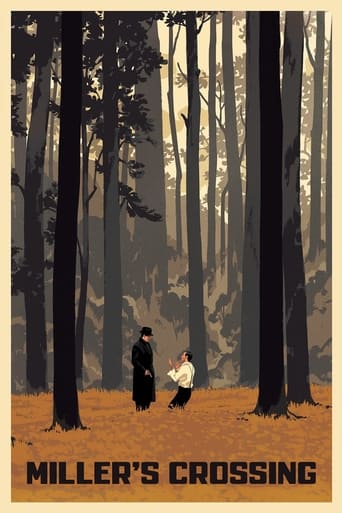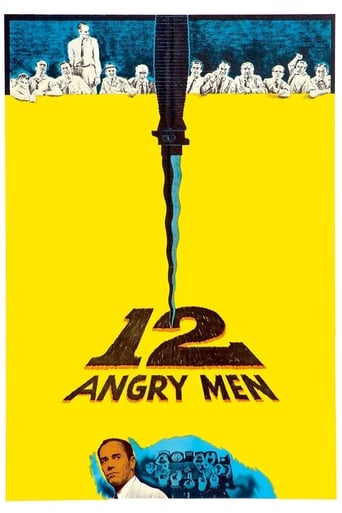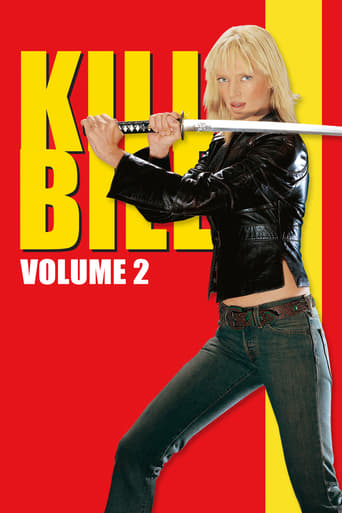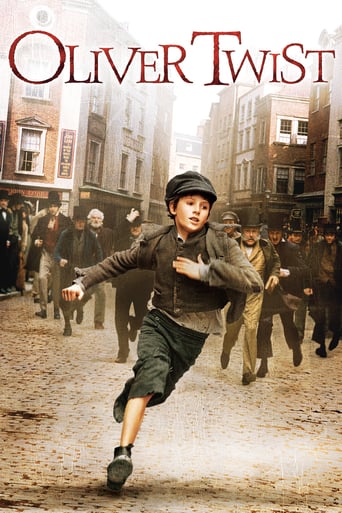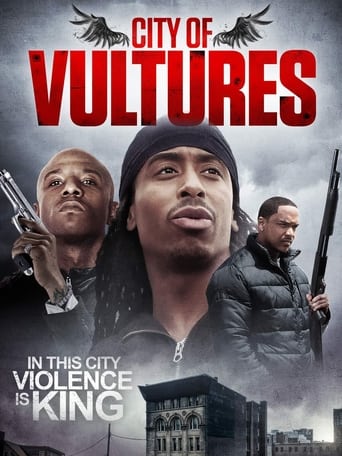The Public Enemy (1931)
Two young Chicago hoodlums, Tom Powers and Matt Doyle, rise up from their poverty-stricken slum life to become petty thieves, bootleggers and cold-blooded killers. But with street notoriety and newfound wealth, the duo feels the heat from the cops and rival gangsters both. Despite his ruthless criminal reputation, Tom tries to remain connected to his family, however, gang warfare and the need for revenge eventually pull him away.
Watch Trailer
Cast


Similar titles
Reviews
Highly Overrated But Still Good
It's not great by any means, but it's a pretty good movie that didn't leave me filled with regret for investing time in it.
what a terribly boring film. I'm sorry but this is absolutely not deserving of best picture and will be forgotten quickly. Entertaining and engaging cinema? No. Nothing performances with flat faces and mistaking silence for subtlety.
The film's masterful storytelling did its job. The message was clear. No need to overdo.
"The Public Enemy" is one of those films which still holds up very well in today's world for its quite shocking content and for the film's commentary upon society as it was back in 1931. Its place in cinema history is assured and is a masterpiece, not just of the genre but also in that it represents "Warner Bros." at their best. James Cagney hadn't been in Hollywood for very long when "The Public Enemy" went out on general release in 1931. The actor had become a success in legitimate theatre after about 1925 and was receiving good notices even when the plays he was in weren't well liked. The above movie made Cagney an overnight sensation at the box office and set him on his way to becoming one of the studio's biggest names in a variety of films after 1938. Initially, Edward Woods was cast in the leading role of Tom Powers and Cagney as the sidekick. The director William A. Wellman realised the mistake in the casting and correctly, James Cagney was cast in the lead after a few days into filming. "The Public Enemy" never strives to be a glamorous or flamboyant kind of film. It is a harsh and uncompromising look at real life in one of its many guises. Wellman successfully maintains this approach to the film via some great direction from him. The way people lived their lives, the coming of prohibition, the different crime syndicates etc. The film wasn't made for much money at all but that doesn't matter. The richness of the film comes in its storytelling, the direction, the acting (particularly from Cagney), the pace and the narrative. James Cagney was one of the first actors in the early days of the talkies to pronounce his dialogue more naturally. Some might say his delivery is a bit fast but it helps to maintain a good pace for the film. Many a film in the early 1930s suffered from a poor pace on account of the actors pronouncing their dialogue in a very slow manner. Cagney was never a theatrical actor in the sense of playing up to the camera all the time or to be larger-than- life in his style. He was a naturalistic actor and very convincing. He takes the acting honours. Jean Harlow is a bit amateurish in her performance. She had no formal training and it shows in her scenes with Cagney. She merely recites her dialogue. Luckily, Jean Harlow would improve by about 1933 in her career. The character of Tom Powers is about as brutal and sadistic as they come. He was destined to be on the wrong side of the law from birth and this is clearly highlighted from the films opening scenes. Powers is unable to display or to express any kind of human feeling or compassion toward anyone in particular. In the scenes when his mother attempts to offer her own son a bit of parental affection, Powers makes it all too clear his emotional detachment. "The Public Enemy" isn't meant to be an action film as such, it is more a mixture of being a drama and a thriller. The action that does occur, is there for a specific purpose, it isn't just thrown in for its own sake. The ending still carries some shock value after the mob that Powers is a member of has been all but wiped out by a rival mob. I won't say what happens but it is an unforgettable finale, just like the whole film.
History has it that "The Public Enemy" is what made Cagney a star, and I can see why. He's got charisma, a real mean streak, and he's easy to envision as an iconic gangster. This is your straightforward rise-and-fall movie, a street rat's quest for the American dream (he's not all that far from Tony Montana); and it still has some heft, even if we've seen this story time and again.There's a saddening twist that comes in the final moments. And you can see it coming, but the execution - just one particular shot - has a startling impact.There are pacing issues, but those final scenes are entirely worth it. And I love that the movie is bookended by anti-crime PSAs. 7/10
The gangster film was already big business when this movie came out in 1931, but it got a needed dose of star power with the arrival of James Cagney.Cagney plays Tom Powers, a tough kid from a middle-class Chicago family who sees the underworld as his ticket to the big money and respect. Prohibition helps reward his sinister urge. When his brother points up the error of his ways, Powers sneers as only Cagney could:"I suppose you want me to go to night school, and read poems!" This would have been the smarter choice, as "The Public Enemy" does make clear, just not nearly as much fun."The Public Enemy" is celebrated as one of three milestone films from 1931 that put gangster cinema in the big time. And while it doesn't have the story strength of the original "Scarface," it makes up for this lack with Cagney's breakout performance.He's a dynamo from his first moment on screen, and remains so for the run of the film. He obviously relished the choice one-liners and hard-nosed confrontations, but excels just as much with his non- verbal acting, like his playful uppercut jabs, his leering grins, and his infectious wink. You aren't meant to like the guy, and don't, but try to keep your eyes off him.Solid support is given by a secondary cast of heavies, like Tom's buddy Matt Doyle (Edward Woods), along for the ride even when he's clearly unnerved by Tom's manic moments. Leslie Fenton is debonair Nails Nathan, a mob boss whose smooth, charismatic manner keeps Tom in line...for a while. Tom's underworld sponsor, Paddy Ryan (Robert Emmett O'Connor), seems decent by mob standards, but he's a lightweight against the sort of trouble Tom attracts.You could almost subtitle this film "Fun With Food" with all the times food is used unpleasantly. Tom's upright brother throws a keg of beer into a table. Paddy Ryan proves the most disgusting eater of potato chips until Homer Simpson. Tom and Matt turn a prize horse into dog food. And of course, there's that grapefruit.The grapefruit scene is "The Public Enemy's" single most-remembered moment, and fun to watch. Yet it works in forwarding the message of the film, which is the coarsening effect crime has on a person like Tom. Even riding high, he can't help himself when a girlfriend named Kitty (Mae Clarke) he's become frustrated with hesitates about serving him booze with his breakfast. His is a classic overreaction, and funny for that, but instructive, too.Tom really isn't presented as a likable guy. We watch him because it's Cagney, but you aren't meant to sympathize with him. For all the pious words we get about crime not paying, from the ponderously- portrayed brother and from the opening and closing credits, it's Tom himself that brings this message home.The film isn't perfect. The Cagney-less opening is slow and labored, with leaden, stylized performances all around. The story itself is kind of episodic and not well-stitched together. Jean Harlow does a brief turn as one of Tom's romantic interests to pointless effect. Paddy locking his boys in an apartment without their guns is about as smart as putting them in a warehouse awaiting a shipment of booze from Al Capone.Overall, though, when "The Public Enemy" is good, it's very good. Director William Wellman shows why he is regarded as an innovator of sound cinema, with an opening pan shot that goes 270 degrees around a city street, or a fatal fur heist shot in near-total darkness that gives it an expressionistic veneer. Tracking shots give you a sense of motion and of danger that more than makes up for the lack of visible violence. It's all in your head, and worse that way.Most important, Wellman knew he had a prize stallion in Cagney and rides him to glory, keeping him in frame for nearly the entire film. Early Hollywood sent up many stars, but few still burn as bright as Cagney does here.
A violence both gritty and fused to ignite the darker side of our imagination with black humour that still even though made back in 1931 still pervades the near nullified scruples of today's audience. This is The Public Enemy a landmark crime film directed by William "Wild Bill" Wellman who from the outset brings the streets and the times through social-realist montages showing a harsh environment which Tom Powers, Cagney's first notch on the eternal bedpost is born to.James Cagney dances across the screen with a presence that would turn early sound era acting into an art form. His character you could almost say is at first a victim of circumstance originally lead astray, but his fiendish nature soon rises to the fore in a poetically disturbing revenge scene where Tom Powers offs a childhood acquaintance who begs for his life to no avail, a scene where the most disturbing violence happens off screen in our minds.The Public Enemy which appears in an episode of The Sopranos is a stand- up film of any genre featuring all the now trademark elements of the gangster picture above all it's doomed anti-hero who in a climatic shoot out we see walking through the mean streets in the rain to violent redemption, worth mentioning that Cagney walks right into the camera his face filling the screen, a sequence which would also be I think replicated to a greater realised effect in Angels With Dirty Faces.

